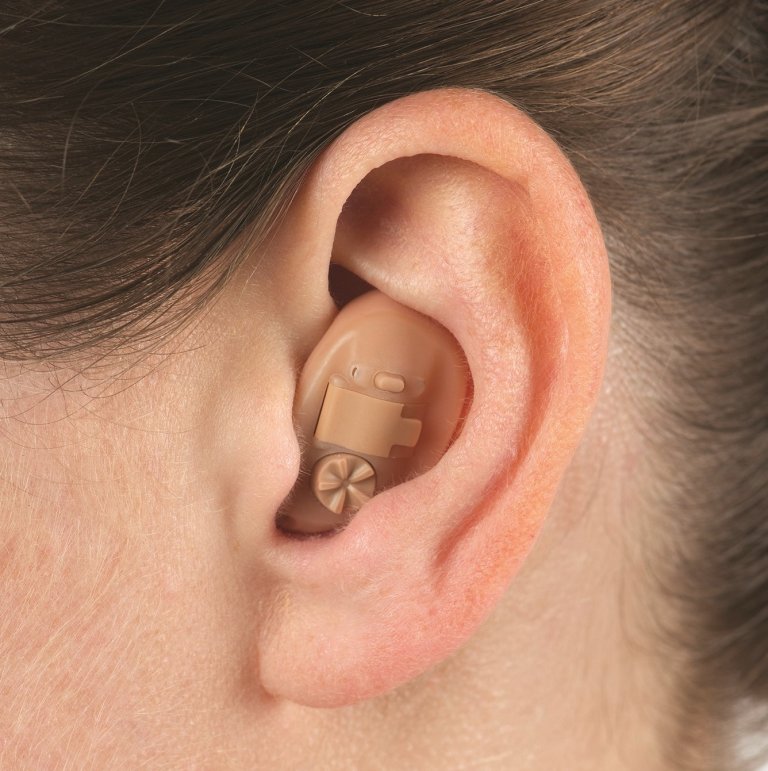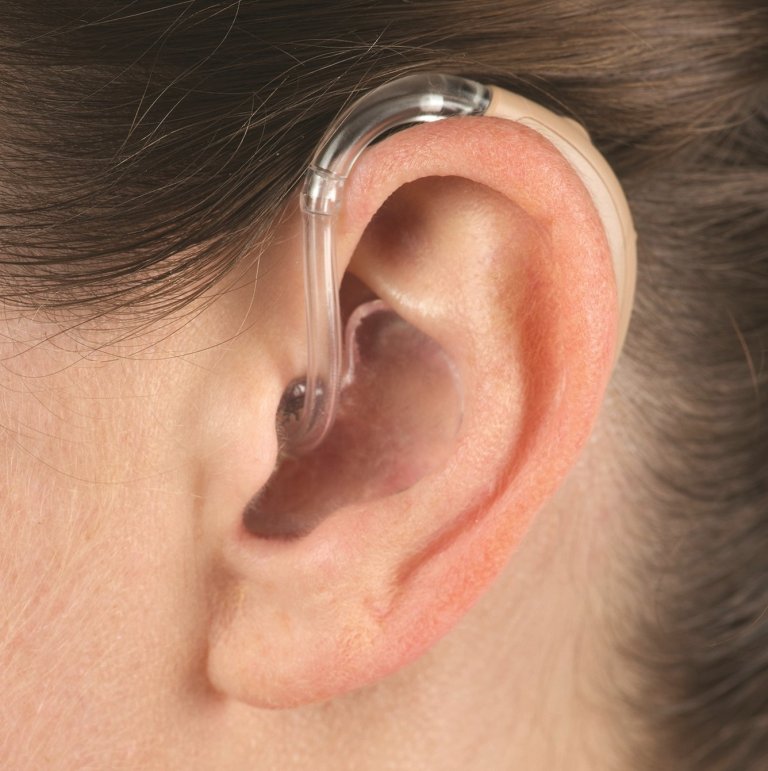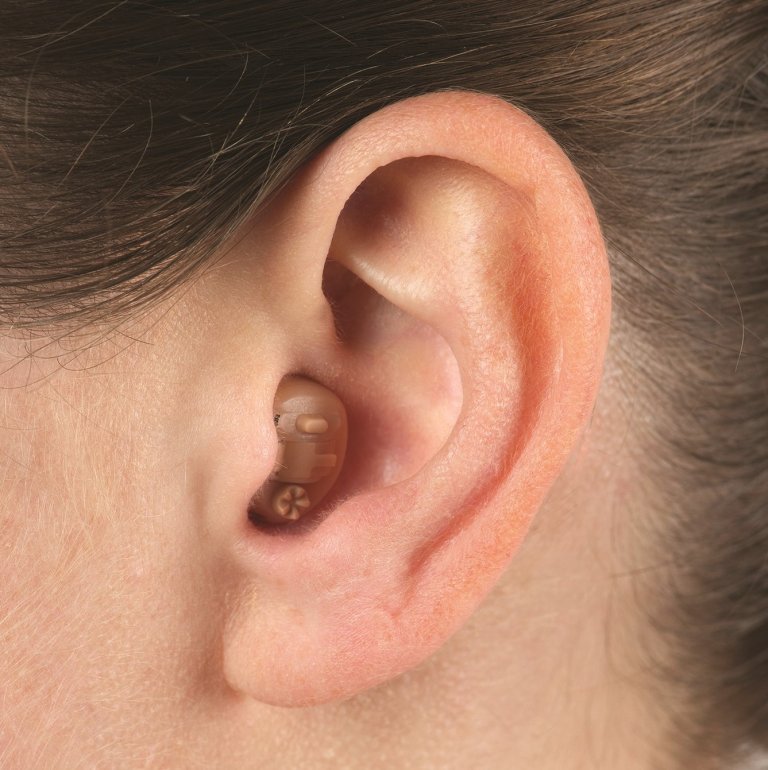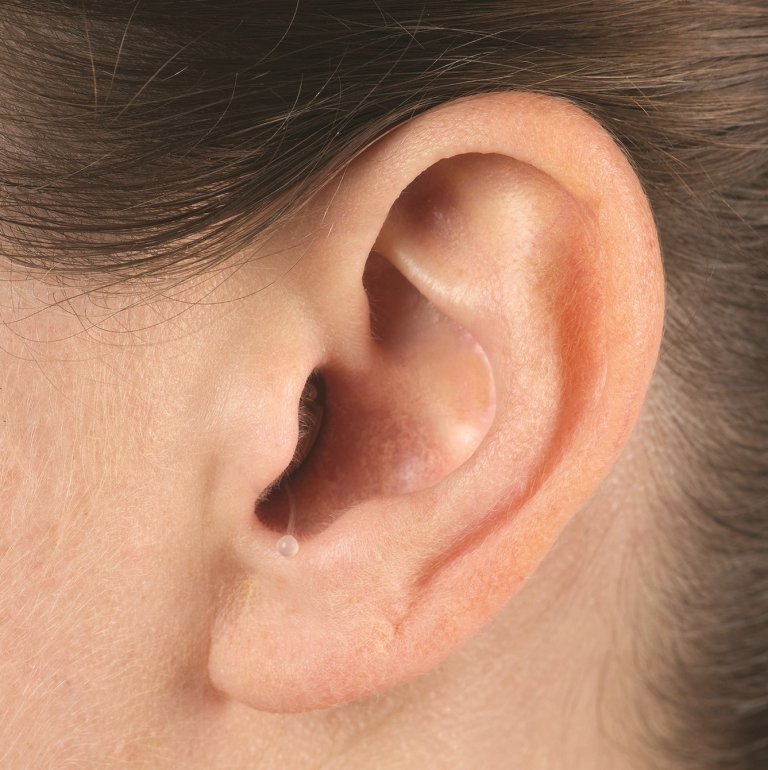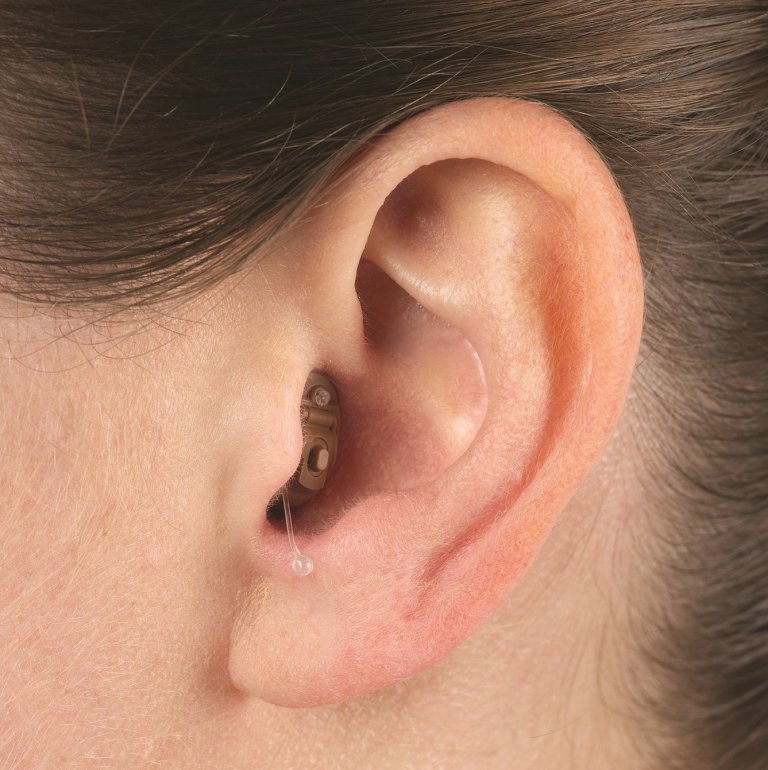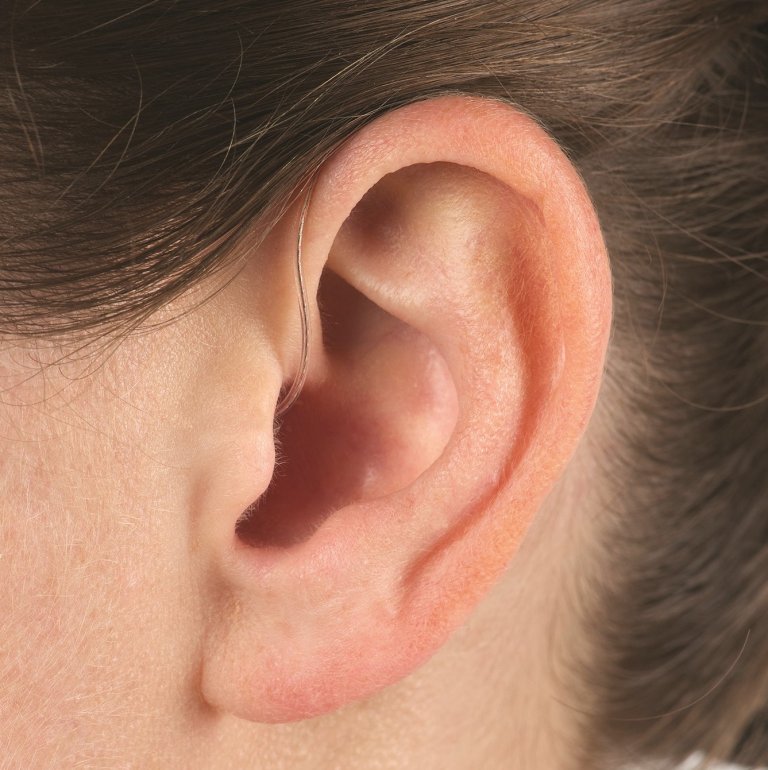Hearing aid technology has come a long way in recent years. Those large, beige contraptions you once knew are no more and, with today’s technology, hearing aids are now far more advanced and discreet – giving users their quality of life back with more advanced features than ever before.
Despite there now being more aesthetically pleasing devices to help with your hearing, this doesn’t change the fact it can be confusing when trying to find out what’s best for you, your lifestyle, and your hearing loss. Read on to learn more about the different types of hearing aids and what type might suit you best.


